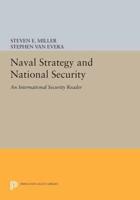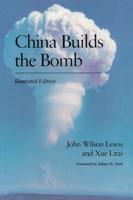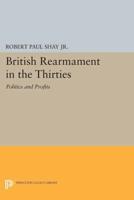Publisher's Synopsis
The utilization of space-based capabilities is an established part of modern military operations. This monograph explores what might happen if an adversary applied anti-access/area denial (A2/AD) measures to U.S. space systems and how this might affect Army and joint operations. To accomplish this goal, this research focuses on the central question: What are ways for the U.S. Army to assure the success of its space-dependent warfighting functions in an A2/AD environment where space systems are degraded for significant periods of time? This inquiry is divided into three parts: - First, it analyzes the space capabilities of potential adversaries as well as the technologies required and the nations that possess such capabilities. - Second, it explores the strategic implications of such attacks and their potential effects on elements of national power, and then concentrates on operational effects if space systems were degraded or made unavailable to the Army and other joint warfighters. - Third, it examines current measures that may mitigate the negative effects of adversary A2/AD activities as well as possible alternative space capabilities under development.This monograph includes recommendations for U.S. defense leadership with regard to strategic and operational opportunities to enhance A2/AD mitigation activities and the effectiveness of U.S. space power writ large. As with the land, sea, and air commons, the peaceful pursuit of economic, diplomatic, and informational ends in space often requires the support of a capable and restrained military space force. The continued preeminence of U.S. military space capabilities depends on deliberate efforts to ensure access to and freedom of movement within the space domain.










